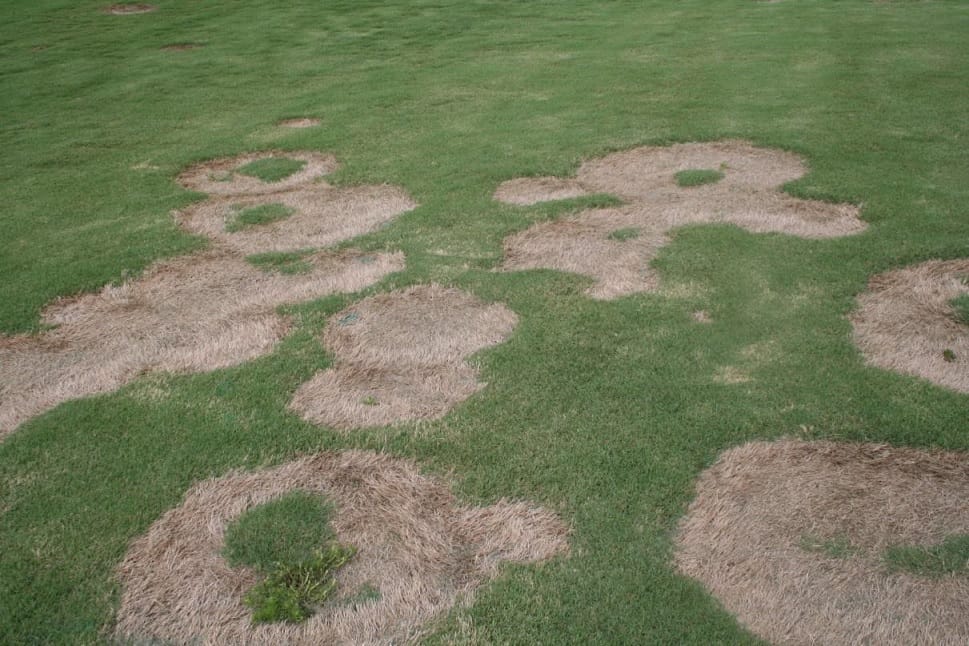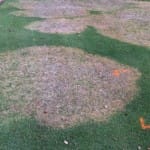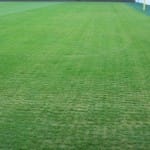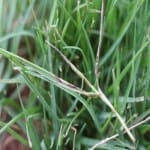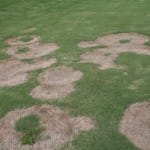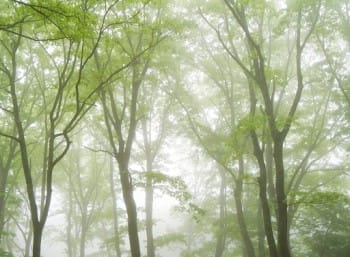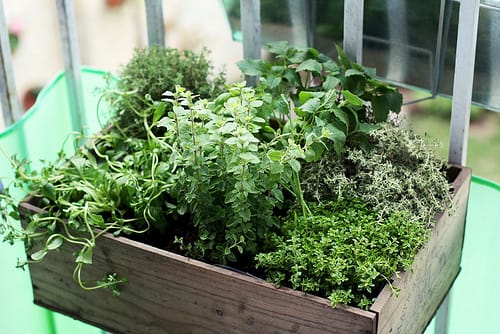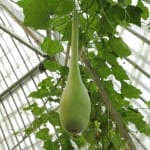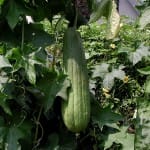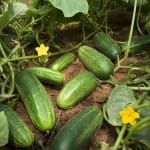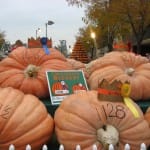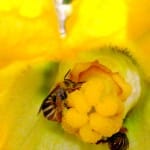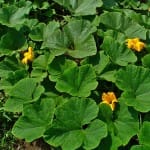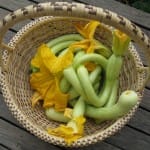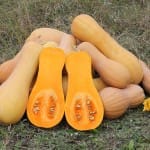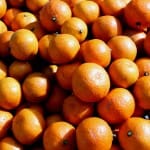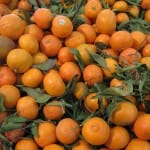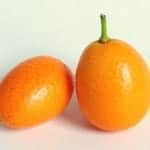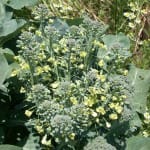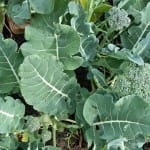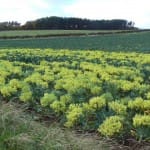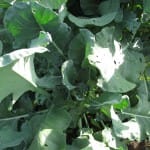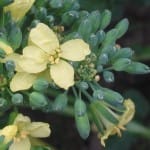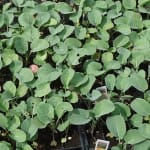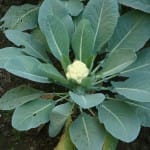Severe leaf and crown rot, caused by Bipolaris sp. can occur in bermudagrass lawns, sport fields, or golf fairways. Initial symptoms of this disease include brown to tan lesions on leaves. The lesions usually develop in late September or early October. Older leaves are most seriously affected.
Under wet, overcast conditions, the fungus will begin to attack leaf sheaths, stolons and roots resulting in a dramatic loss of turf. Shade, poor drainage, reduced air circulation; high nitrogen fertility and low potassium levels favor the disease.
To achieve acceptable control of leaf and crown rot, early detection (during the leaf spot stage) is a crucial.
Large Patch
Large patch disease of turfgrass is most common in the fall and in the spring as warm season grasses are entering or leaving dormancy. Large patch is caused by the fungus Rhizoctonia solani. It can affect zoysiagrass, centipedegrass, St. Augustinegrass and occasionally bermudagrass.
Large patch disease is favored by:
- Thick thatch.
- Excess soil moisture and poor drainage.
- Too much shade, which stresses turfgrass and increases moisture on turfgrass leaves and soil.
- Early spring and late fall fertilization.
If large patch was diagnosed earlier, fall is the time to control it. There are a myriad of fungicides that can help to control the disease. Preventative or curative rates of fungicides (depending on the particular situation) in late September or early October and repeating the application 28 days later are effective for control of large patch during fall. Fall applications may make treating in the spring unnecessary. Always follow label instructions, recommendations, restrictions and proper handling.
Cultural practices are very important in control. Without improving cultural practices, you may not achieve long term control.
- Use low to moderate amounts of nitrogen, moderate amounts of phosphorous and moderate to high amounts of potash. Avoid applying nitrogen when the disease is active.
- Avoid applying N fertilizer before May in Georgia. Early nitrogen applications (March-April) can encourage large patch.
- Water timely and deeply (after midnight and before 10 AM). Avoid frequent light irrigation. Allow time during the day for the turf to dry before watering again.
- Prune, thin or remove shrub and tree barriers that contribute to shade and poor air circulation. These can contribute to disease.
- Reduce thatch if it is more than 1 inch thick.
- Increase the height of cut.
- Improve the soil drainage of the turf.
See the current Georgia Pest Management Handbook for more information. Check fungicide labels for specific instructions, restrictions, special rates, recommendations and proper follow up and handling.
Spring Dead Spot of Bermudagrass
The causal agents of Spring Dead Spot (SDS) are most active during cool and moist conditions in autumn and spring. Appearance of symptoms is correlated to freezing temperatures and periods of pathogen activity. Additionally, grass mortality can occur quickly after entering dormancy or may increase gradually during the course of the winter. Spring dead spot is typically more damaging on intensively managed turfgrass swards (such as bermudagrass greens) compared to low maintenance areas.
Management of Spring Dead Spot
Practices that increase the cold hardiness of bermudagrass generally reduce the incidence of spring dead spot. Severity of the disease is increased by late-season applications of nitrogen during the previous fall.
Management strategies that increase bermudagrass cold tolerance such as applications of potassium in the fall prior to dormancy are thought to aid in the management of the disease. However, researchers have found that fall applications of potassium at high rates actually increased spring dead spot incidence. Therefore, application of excessive amounts of potassium or other nutrients, beyond what is required for optimal bermudagrass growth, is not recommended.
Excessive thatch favors the development of the disease. Therefore thatch management is important for disease control,
- Implement regular dethatching and aerification activities.
- There are several fungicide labeled for spring dead spot control.
- Fall application of fungicides is essential for an effective control.
Publication on Identification and Control of Spring Dead Spot
Additional information can be found at:
Pest Management Handbook (Follow all label recommendations when using any pesticide)
